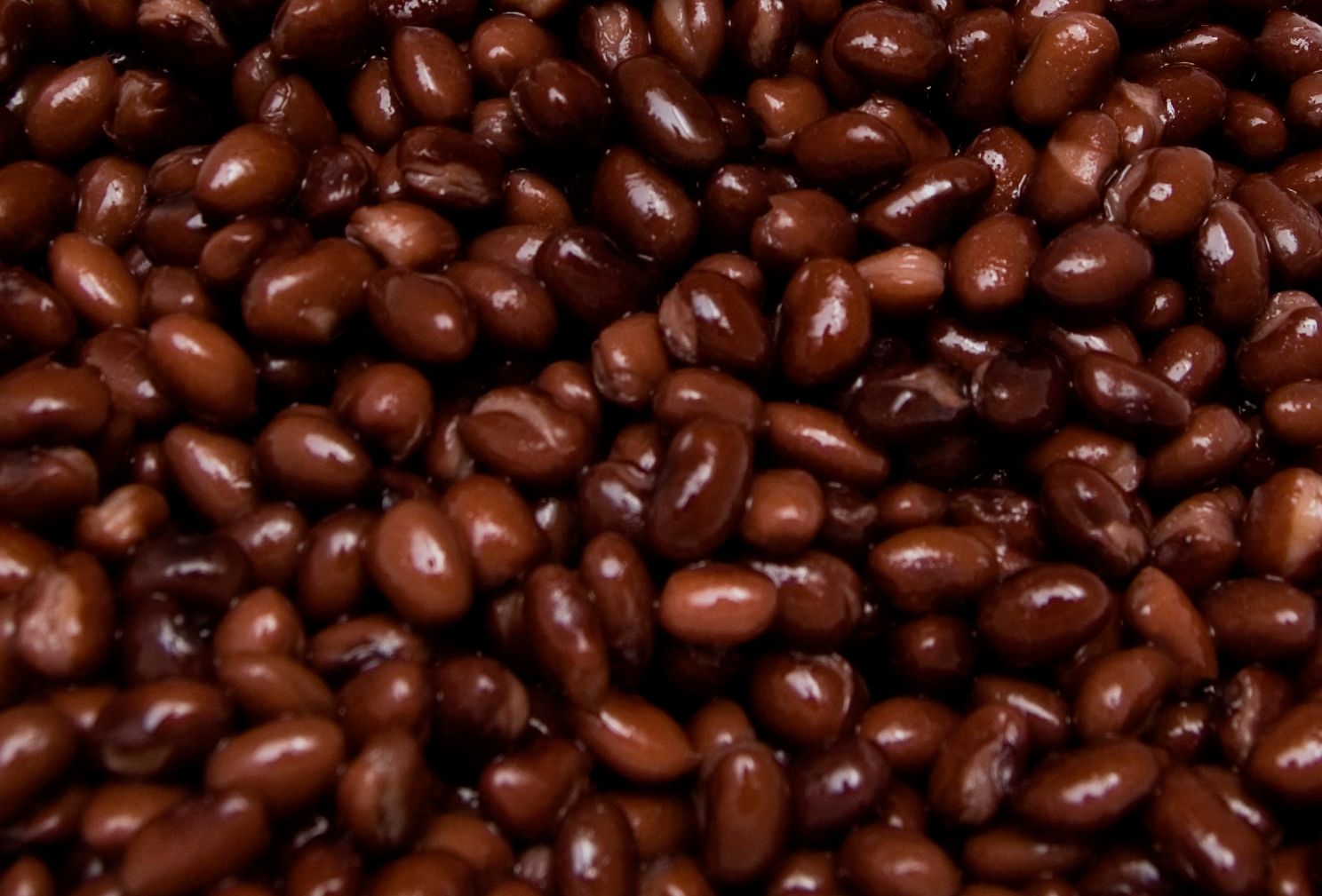
Hair today, Gone Tomorrow: The Unapologetic Guide to Understanding Your Hair Growth Cycle
- Aug 21, 2024
If you're indulging in yet another hair care routine hoping for a miracle, it's high time you acquaint yourself with the follicular deets. Your hair growth isn't some enigmatic, unpredictable beast. It's a beautifully (and scientifically) choreographed routine happening in four parts: Anagen (the 'I'm growing' phase), Catagen (the 'I need a break' phase), Telogen (the blissful sleep stage), and Exogen (the shedding-pets-have-nothing-on-me stage).
The follicles, your hair's nurturing parents, aren't just tiny holes in the skin. They're the 007 agents of your body, blending in effortlessly with the top skin layers while maintaining connections with the blood vessels. Their primary mission - grow your hair from a chunky rounded base known as the dermal papilla. Signals from there dictate the hair's size, color, and growth. It's a bit like being on micromanagement mode, but without the irate employees.
Each follicle endures 10 to 30 cycles during your glorious journey of life, with about 90% of them working tirelessly in the anagen stage at any given time. This phase lasts from 2 to 8 years, during which your hair puts on steady growth-about a third of a millimeter a day, or 6 inches a year. It's also the phase when your hair asserts itself on your physique, soulfully emerging through the hole at the top of the follicle.
In the catagen phase, the follicles shrink a bit, letting go of the papilla, similar to when you decide it's time to cut off toxic friends. It's a fleeting phase of about two weeks.
The telogen, the chilled out phase, lasts for a few months with about 10-15% of your hair embracing dormancy together. The exogen phase, dare we say the least favorite, sees the shedding of old hair as new ones emerge, starting at the anagen phase again.
Now, things can go awry. The hair cycle can be disrupted when you flirt too much with disease, stress, chemotherapy, or inadequate nutrition. If the disruption's nasty, your hair may fall out faster than it can grow back, and thinning hair, receding hairlines or patchy hair loss can start looking like real nightmares!
While we still lack FDA-approved FGF5-inhibiting treatments to extend the anagen phase, a balanced diet, proper hair care regimes, sensible sun exposure all contribute to maintaining the hair cycle. So, before you decide to opt for another 'promising' hair treatment, remember: knowing your hair is half the battle won.






